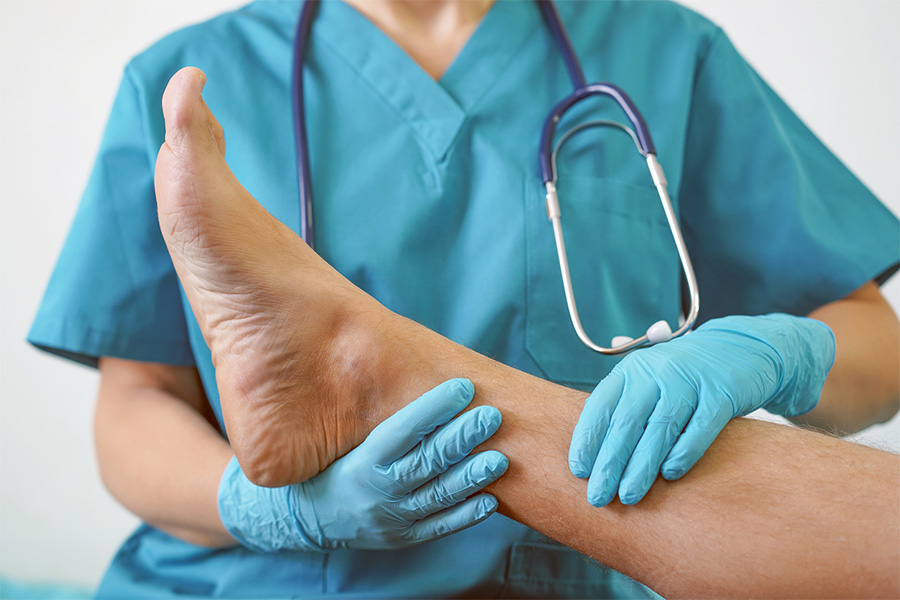There are two bones that comprise the calf: the tibia (shinbone) and fibula. Your fibula is the thinner and smaller of the two. It supports just about 15% of your body weight but even so, if you come down on your fibula wrong, it’s an easy bone to snap.
The fibula can fracture in numerous places, and in numerous ways, including:
- Stress fractures occur when repeated impact causes the bone to wear down and break. This is an overuse injury. It is the result of persistent, repetitive and will worsen with activity.
- When the fibula breaks at the ankle, it is known as a lateral malleolus fracture. It usually happens when the ankle twists or rolls violently until suddenly the lateral malleolus (part of the fibula on the outside of the ankle joint) snaps.
- When the lateral malleolus of the fibula and the medial malleolus of the tibia break, it is called a bimalleolar fracture. With this type of break, the ligaments between the ankle and fibula are damaged as well.
- Tibia-fibular fractures involve breaks in both the fibula and tibia and are usually caused by trauma such as vehicle crashes or significant falls.
- An avulsion fracture is when connective tissue attached to the bone pulls off a small chunk of fractured bone.
What to Expect When You Break Your Fibula
A fracture of the fibula can be moderately to extremely painful, depending on the severity of your break.
Symptoms can range from difficulty walking to being unable to place any weight whatsoever on the injured leg. If there is deep purple bruising or swelling at the site, it could indicate a fractured fibula. If bone is protruding through a break in the skin, get emergency medical care right away.
An X-ray will help reveal the severity of your particular fracture and help your doctor determine the best type of care for you.
Treatment for fibula fractures often involves internal fixation – meaning good old surgical screws and plates.
If you suspect a fracture or other problem with your fibula, tibia, or any part of your foot or ankle, contact Cincinnati Foot & Ankle Care by calling the CFAC location nearest you or request an appointment now.





